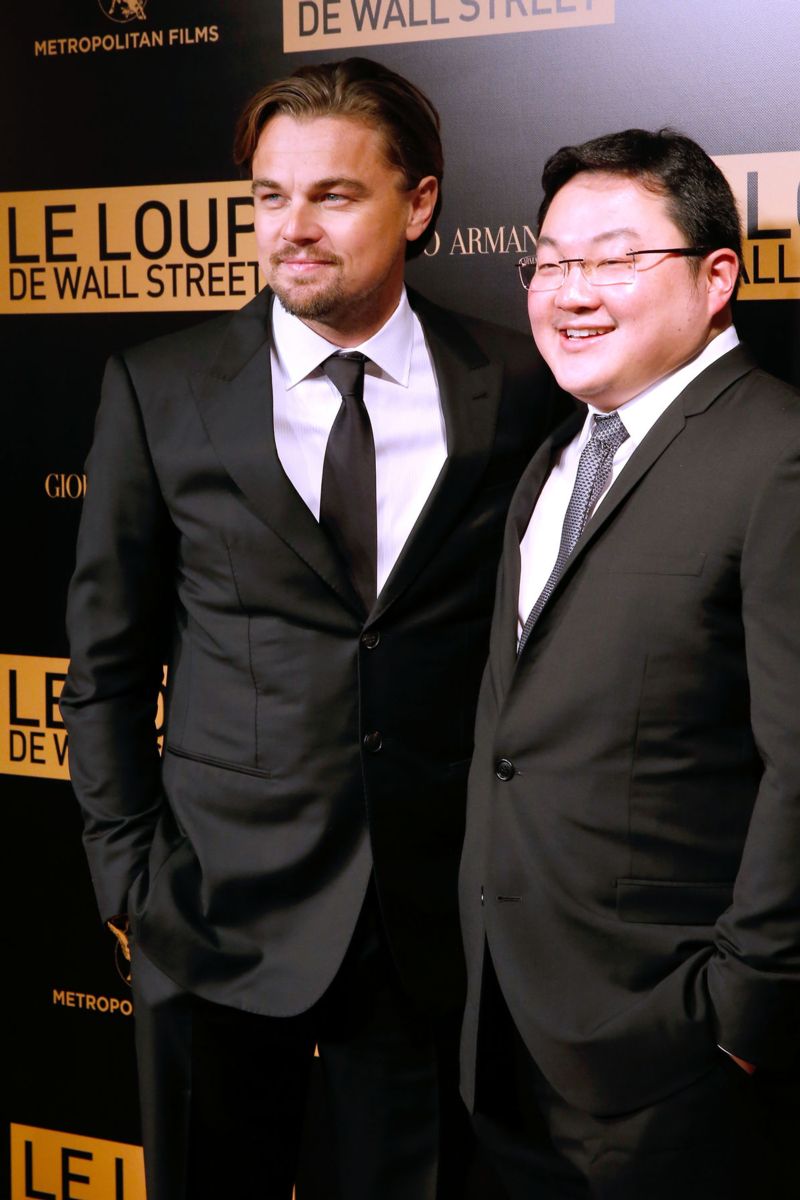-
Civil Forfeiture Complaints Highlight Ongoing Risk of Money Laundering in High-End Art Transactions
07/20/2020
 An ongoing challenge for art dealers, galleries, and auction houses, is guarding against the use of art transactions as a means of laundering the proceeds of criminal activity. Money laundering is a federal crime that involves disguising the proceeds of a crime by integrating those proceeds into the legitimate financial system, often through a series of complex and confusing transactions designed to conceal the origin, source and ownership of the funds. When money laundering is successful, it becomes difficult to distinguish illicit proceeds from legitimate financial resources, thus permitting funds to be used by criminals without detection. Purchasing art is one way to conceal the source of illicit funds. This blog has written on several occasions about the risk of money laundering in the art world, and the response to that risk from legislatures and industry groups (see here, here, and here). Several recently filed civil forfeiture complaints from the U.S. Department of Justice highlight the ongoing need to remain vigilant about money laundering in the context of art transactions.
An ongoing challenge for art dealers, galleries, and auction houses, is guarding against the use of art transactions as a means of laundering the proceeds of criminal activity. Money laundering is a federal crime that involves disguising the proceeds of a crime by integrating those proceeds into the legitimate financial system, often through a series of complex and confusing transactions designed to conceal the origin, source and ownership of the funds. When money laundering is successful, it becomes difficult to distinguish illicit proceeds from legitimate financial resources, thus permitting funds to be used by criminals without detection. Purchasing art is one way to conceal the source of illicit funds. This blog has written on several occasions about the risk of money laundering in the art world, and the response to that risk from legislatures and industry groups (see here, here, and here). Several recently filed civil forfeiture complaints from the U.S. Department of Justice highlight the ongoing need to remain vigilant about money laundering in the context of art transactions.
On July 1, 2020, the United States filed six civil forfeiture complaints as part of its ongoing effort to recover and return to the people of Malaysia the illicit proceeds of an international scheme involving 1MDB. 1MDB was a Malaysian state-owned investment fund created by the government of Malaysia to promote economic development in Malaysia through global partnerships and foreign direct investment. Its funds were intended to be used for improving the well-being of the Malaysian people. But from 2009 to 2015, several Malaysian government officials and their associates conspired to fraudulently divert billions of dollars from 1MDB for their personal use. These individuals used the misappropriated funds to buy yachts, private jets, luxury properties, and more than $200 million in artwork. (See here for a comprehensive discussion of the scandal's impact on the art world.) After the scandal broke in 2015, federal prosecutors launched a number of forfeiture suits aiming to claw back the roughly $4.5 billion in funds allegedly stolen and laundered by these Malaysian officials and their associates. The complaints, filed this month in California federal court, are a continuation of those efforts.
The complaints allege that 1MDB officials, their family members, and their associates embezzled roughly $1 billion from the fund, transferred the money through a variety of shell companies, and used the money to acquire a wide range of high-end luxury assets. Of note, the complaint seeks the forfeiture of the works of several well-known artists that were allegedly purchased with the misappropriated funds. For example, one complaint seeks the forfeiture of a Jean-Michel Basquiat drawing entitled "Self-Portrait." The drawing was purchased by Malaysian businessman Jho Low--purportedly the mastermind of the 1MDB scheme--from the Helly Nahmad Gallery in New York City. The gallery had originally acquired it at a Phillips Contemporary Art Sale for $4 million. Other complaints seek the forfeiture of works by Any Warhol and Claude Monet.
These forfeiture complaints serve as a reminder that high-end art transactions are often viewed by white collar criminals as an effective method of money laundering. While no auction houses or art dealers were criminally charged in the 1MDB scheme, the risks posed by money laundering in the art world remain high. And with the House of Representatives' recent passage of the COUNTER Act (currently pending in the Senate Committee on Banking, Housing and Urban Affairs)—which requires the Secretary of the Treasury, the FBI, and the Attorney General to study "the facilitation of money laundering . . . through the trade of works of art”—the need to guard against the risk of money laundering has only increased. A Geneva-based non-profit initiative, the Responsible Art Market ("RAM"), has issued recommended guidelines aimed at helping art dealers, auction houses, galleries, and other art professionals counter threats of money laundering and terrorist financing via art transactions. RAM’s suggestions for minimizing risk include tips for recordkeeping, training and monitoring staff, and identifying red flags in three key areas: client due diligence, ownership and provenance of artworks, and transaction details. It is thus more important than ever for art-market participants to consult with experienced legal counsel before transacting in high-end art.
Art Law Blog
